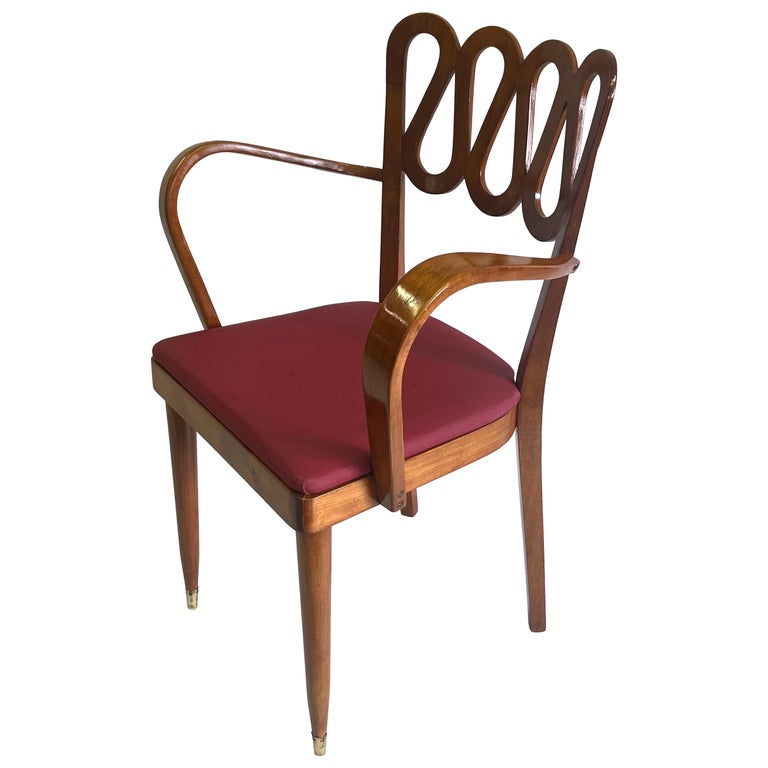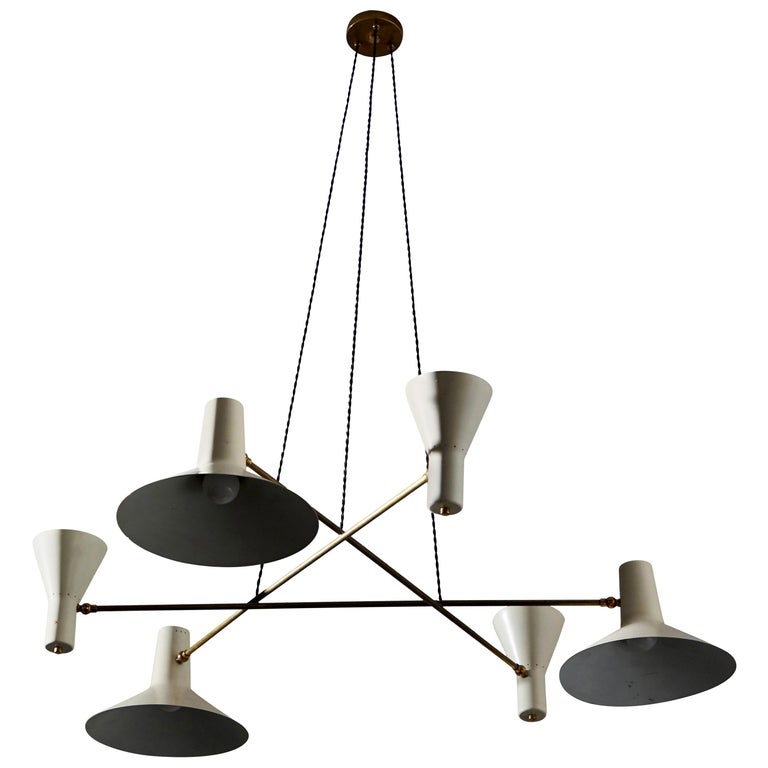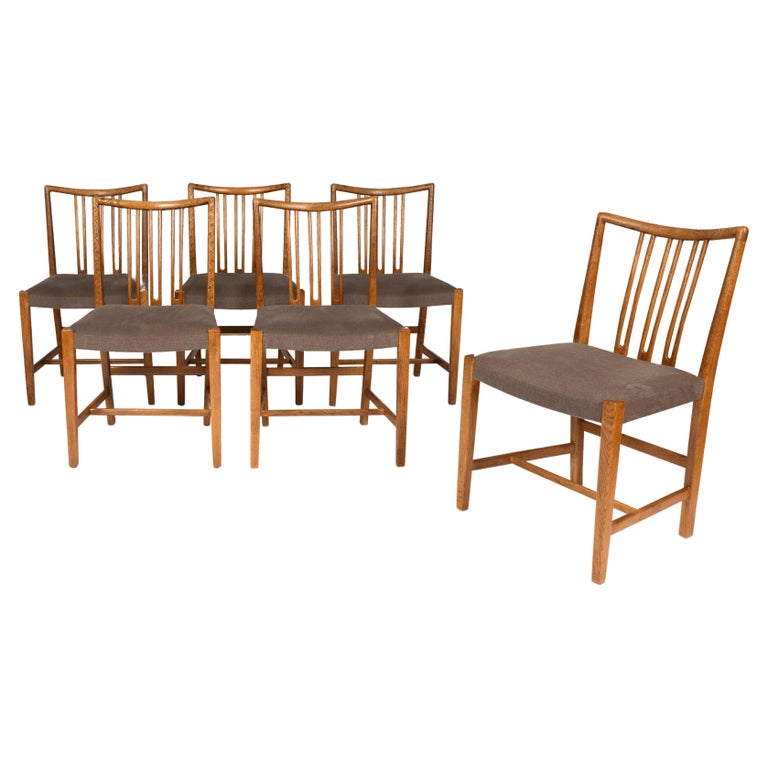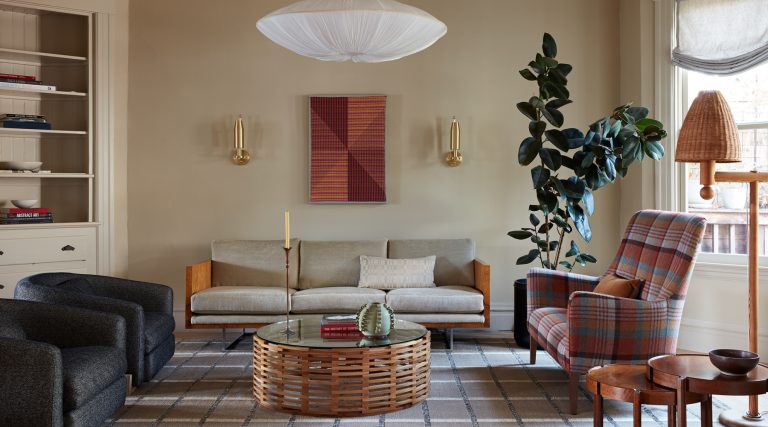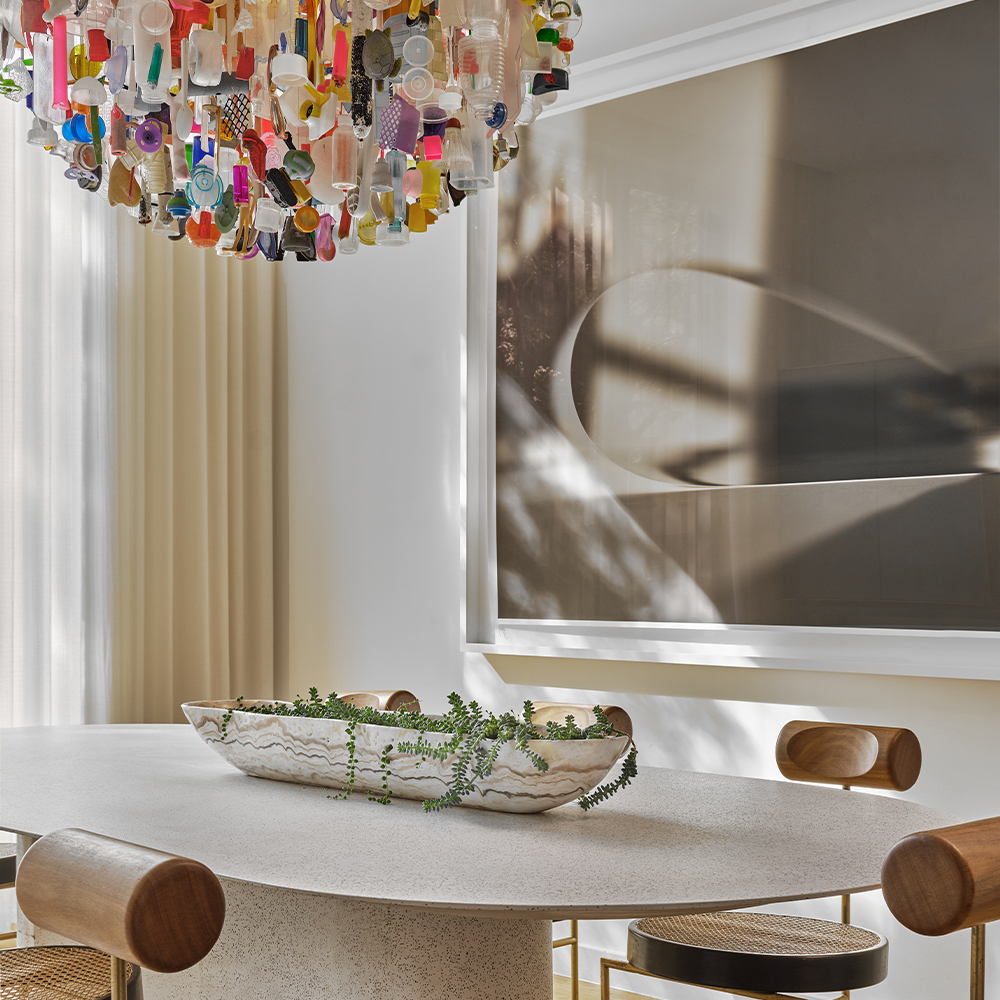August 4, 2024It is a curious truth, although seldom remarked upon, that a great many of those with an exceptional talent for crafting inviting domestic interiors suffer from mild, though chronic, homesickness.
Don’t laugh. In our hypermobile and increasingly virtual world, it’s easy to trivialize the longing for a lost home, especially one from childhood. Yet for centuries, such nostalgia was considered a potentially fatal condition. Seriously afflicted Civil War soldiers were sent back to their families for fear they might die. Happily, in the case of the aforementioned designers, rather than kill them, homesickness has made them more creative.

That was certainly the case for the celebrated tastemaker Nancy Lancaster. The English country look the Virginia native helped concoct during the first half of the past century was a stylistic paean to the worn elegance of the rooms at Mirador, her grandfather’s estate, where she was born, and the romantic decay of other houses she had known as a girl.
Although her decorative references were not distinctly English, upper-crust Brits whose privileged lives had been upended by world war identified readily with Lancaster’s nostalgia for a lost way of life and thoroughly embraced the style.

Melanie Millner, the gifted principal and founder of The Design Atelier, in Atlanta, credits the childhood summers she spent at her maternal grandparents’ house in Boothbay Harbor, Maine, with helping forge her ideas about what a home should be.
“As a child,” she says, “Maine really got into my soul.” How could it not? Her bedroom was an old sleeping porch overlooking the cliffs where she would drift off listening to the sound of crashing waves.

Even after her grandparents died and the house was sold, Millner, who was born in New York and raised on Long Island, kept returning Down East every summer. For some 18 years, she and her husband and children rented the same old house in Northeast Harbor. Then, during the COVID pandemic, restless in Atlanta, she bought a cottage in that seaside village, where she now lives and works in the summer and often escapes to off-season. Having more time in Maine and taking on projects there has, she says, greatly influenced her work.
“There’s a sense of timeless history to houses here,” she observes. “Families curate homes with furnishings it seems like they collected over centuries, although more probably decades.”

Instilling that sense of continuity has become paramount to the ethos of Millner’s studio. Wherever a house is — in Maine, south Georgia, Aspen or elsewhere — she takes great pains to understand “where people come from, what their past or childhood was like,” and then she creates interiors that weave in elements from their memories.
What’s so compelling and distinctive about Millner’s work is that she achieves evocative environments through spare, modern, subtly layered design schemes. This is particularly evident in a new-built family house that she completed in late 2022 in the Buckhead neighborhood of Atlanta.

The clients were a young couple — she from the South, he the North — who met and married in New York City, where they had launched careers in business and finance, respectively. Much as for Millner, and for so many Americans, the pandemic forced a life reckoning. Having grown up in an especially tight-knit family, the wife longed to be near her parents, siblings and close friends at such a frightening and consequential moment. It was time, she decided, to move “home.”
As the mother of two young children with another on the way, she dreamed of building a legacy house where three generations of her family could congregate, and which would be as contemporary in spirit and as art-filled as the much-loved Manhattan apartment where she and her husband had embarked upon their married life.

To craft an interior for the family that would feel at once fresh and ageless, Millner created what Nancy Lancaster liked to call “a salad,” a mix of quality furnishings and objects, both modern and contemporary in style, along with some inherited pieces.
These would sit within a floor plan — developed with architect Bulent Baydar, of the Atlanta office of Harrison Design — that encouraged the sort of entertaining, moving fluidly from indoors to out, that is so much a part of Southern living.

Millner sprinkled the interiors with a few iconic mid-century designs: a 0414 Gallotti & Radice armchair in the living room, a Taccia table lamp by the Castiglioni brothers in the dining room, a set of Norman Cherner side chairs in the breakfast nook and a pair of Gerrit Rietveld Utrecht chairs from the couple’s former apartment in the family room.
The overall look is polished, personal and intriguing, yet not at all showy, as demonstrated by the design of the living room. It was constructed around the colorful abstract painted screen that now hangs on the main wall. The work had once resided in the home of the wife’s grandparents in south Florida. Millner noticed that the burnt orange within the swirling forms was the same hue as the wife’s crown of curly auburn hair. Which is how it became an accent color amid the upholstered furnishings.

The couple were keen that the space be able to accommodate a clutch of family and friends, so Millner orchestrated a rhythmic arrangement of armchairs and sofas, linear and curved, with small drinks tables aplenty that can be configured variously according to the number of guests.
In the niches flanking the fireplace, a pair of contemporary mirrors, irregular in form, by the Swedish designer Jenny Nordberg, via Hostler Burrows, add to the room’s lively cadence, as does Lindsey Adelman‘’s Branching Disc chandelier. A stain-resistant Karastan carpet allows tots to scamper and play without their parents’ fearing damage from spills and muddy feet.

Millner sourced the many new artisanal lighting fixtures throughout the house, mostly elemental in form, on 1stDibs. These enhance the home’s clean, forward-looking feel, while still managing to telegraph the genteel formality so favored by this Southern wife.
And that, Millner concludes, is why the whole entire space is “just kind of her.”

